677892
Tetrakis(acetonitrile)copper(I) tetrafluoroborate
97%
Synonym(s):
Cu(MeCN)4BF4, Copper(I) tetra(acetonitrile) tetrafluoroborate, Tetra(acetonitrile)copper(1+) tetrafluoroborate
About This Item
Recommended Products
Quality Level
Assay
97%
form
solid
reaction suitability
core: copper
reagent type: catalyst
greener alternative product characteristics
Catalysis
Learn more about the Principles of Green Chemistry.
sustainability
Greener Alternative Product
greener alternative category
SMILES string
[Cu+].CC#N.CC#N.CC#N.CC#N.F[B-](F)(F)F
InChI
1S/4C2H3N.BF4.Cu/c4*1-2-3;2-1(3,4)5;/h4*1H3;;/q;;;;-1;+1
InChI key
YZGSKMIIVMCEFE-UHFFFAOYSA-N
General description
Application
Copper(I)/TEMPO-catalyzed aerobic oxidation of primary alcohols to aldehydes with ambient air
Signal Word
Danger
Hazard Statements
Precautionary Statements
Hazard Classifications
Skin Corr. 1B
Storage Class Code
8A - Combustible corrosive hazardous materials
WGK
WGK 3
Flash Point(F)
Not applicable
Flash Point(C)
Not applicable
Personal Protective Equipment
Regulatory Listings
Regulatory Listings are mainly provided for chemical products. Only limited information can be provided here for non-chemical products. No entry means none of the components are listed. It is the user’s obligation to ensure the safe and legal use of the product.
PDSCL
Deleterious substance
PRTR
Class I Designated Chemical Substances
ISHL Indicated Name
Substances Subject to be Indicated Names
ISHL Notified Names
Substances Subject to be Notified Names
JAN Code
677892-VAR:
677892-5G:4548173272382
677892-BULK:
677892-1G:4548173272375
Choose from one of the most recent versions:
Already Own This Product?
Find documentation for the products that you have recently purchased in the Document Library.
Customers Also Viewed
Our team of scientists has experience in all areas of research including Life Science, Material Science, Chemical Synthesis, Chromatography, Analytical and many others.
Contact Technical Service


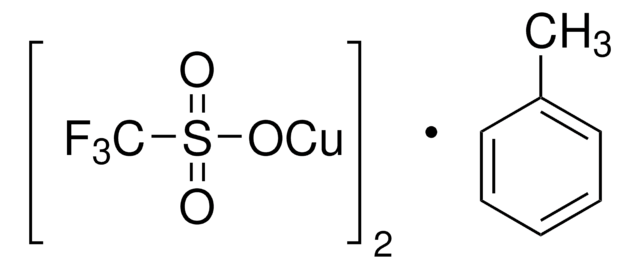


![Tris[(1-benzyl-1H-1,2,3-triazol-4-yl)methyl]amine 97%](/deepweb/assets/sigmaaldrich/product/structures/179/695/86a721c8-2a4c-4e4f-bc36-6276ce7a941f/640/86a721c8-2a4c-4e4f-bc36-6276ce7a941f.png)
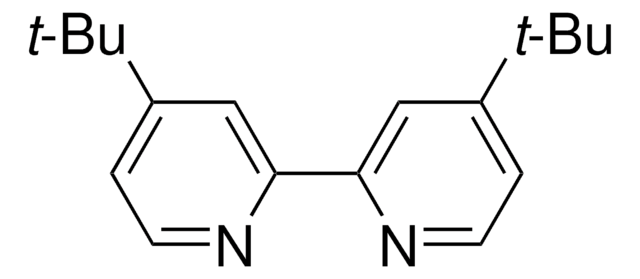

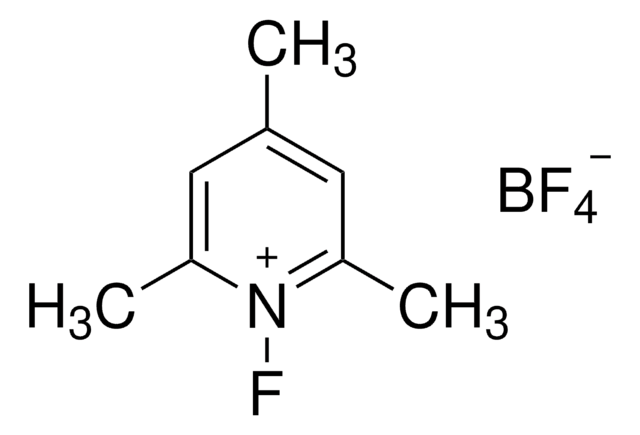


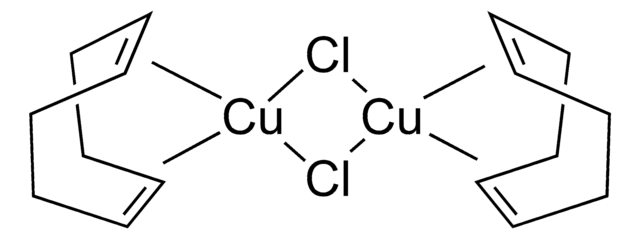
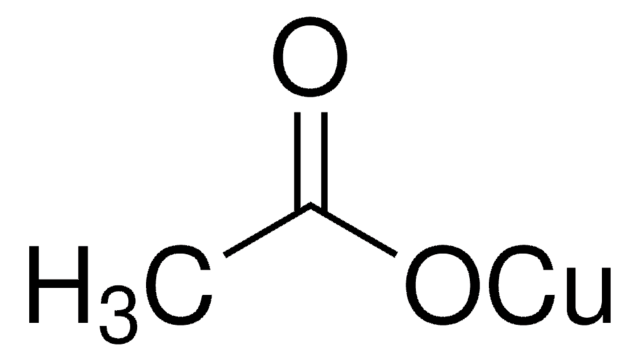

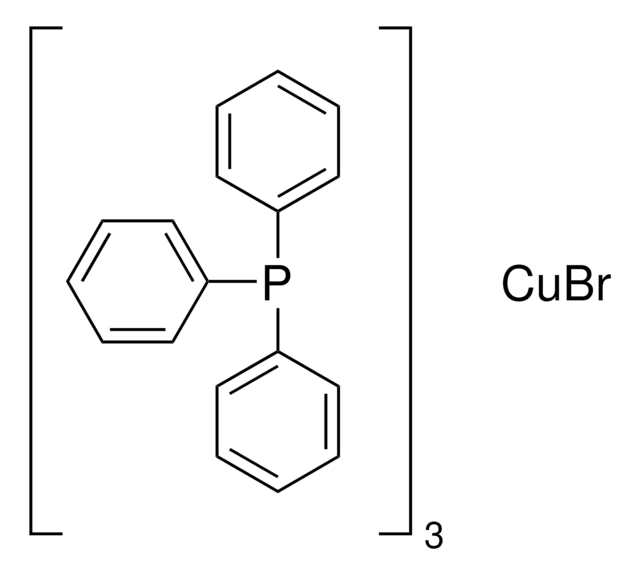
![1,4-Diazabicyclo[2.2.2]octane bis(sulfur dioxide) adduct ≥95% (sulfur, elemental analysis)](/deepweb/assets/sigmaaldrich/product/structures/158/739/a9df497b-883d-40f1-ac45-bf699dcee9f9/640/a9df497b-883d-40f1-ac45-bf699dcee9f9.png)
